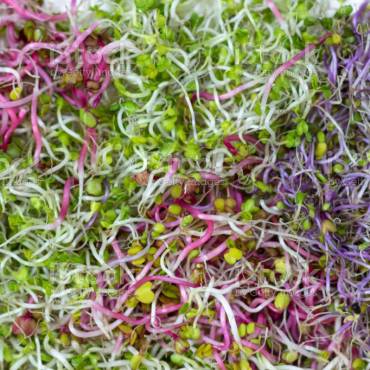Importance of low GI to maintain blood sugar levels naturally
Being a Certified Diabetes Educator, I am witness to how overwhelming managing blood sugar can get for a person diagnosed with Diabetes. Food, which has been an integral part of our being suddenly, becomes a villain. Everyone tells us that we cannot eat what we have grown up eating and simple daily meals become a challenge!
This is where my role as a professional comes in. I focus not just on food education and meal planning but also on empowering my clients with the necessary tools to manage their meals. These tools give them the freedom to design their meals and be flexible with their food choices without adversely impacting their blood sugar
The Glycemic index (GI) is an indispensable tool for Diabetics.
What is Glycemic Index?
Each time we eat food, it gets digested and converts into sugar in the body, in varying amounts. Carbohydrates, primarily have the maximum impact on our blood sugar levels. For a Diabetic, it, therefore, becomes important to understand how a particular carbohydrate-containing food will affect their blood sugar levels.
This is where the concept of Glycemic Index comes in handy. Glycemic Index is a tool that rates carbohydrate-containing foods by how much they boost blood sugar (blood glucose). The number is based on how much a food item raises blood glucose levels compared with how much pure glucose raises blood glucose[1]. GI values are generally divided into three categories:
- Low GI: 1 to 55
- Medium GI: 56 to 69
- High GI: 70 and higher
Understanding GI can therefore help you and your loved ones to control the release of sugar levels. It won’t be wrong to say, #KnowGITakeControl
Planning daily meals
For us Indians, our staple meals are dal, roti and sabzi. No amount of Chinese, Italian or continental meals can keep us away from this staple combination for long. We return to dal roti and sabzi.
For Diabetics, even eating this menu can get challenging from a blood sugar perspective.
To balance the protein and fiber, I used to recommend them to get their wheat atta mixed with chana or soya flour and add oat bran to it too. But with the existing stress of daily life, we just cannot manage time to go to a mill to get these separate flours made and mixed. It’s too tedious and time-consuming.
In my search for an easy but effective solution for my clients, I came across Aashirvaad sugar release control Atta. It’s a blend of whole wheat flour, pulse and legume flour forming a unique “Special Grain Mix”. In addition to this, it also contains oats and methi that ensure that this atta is high in protein and fibre with a low glycemic index. It is clinically tested to confirm that its GI value is below 55. This met my exact requirements! These ingredients help slow down sugar release after a meal and help in preventing sugar level spikes.
I encourage my clients to use this atta and this is a win-win situation for both me and my clients







